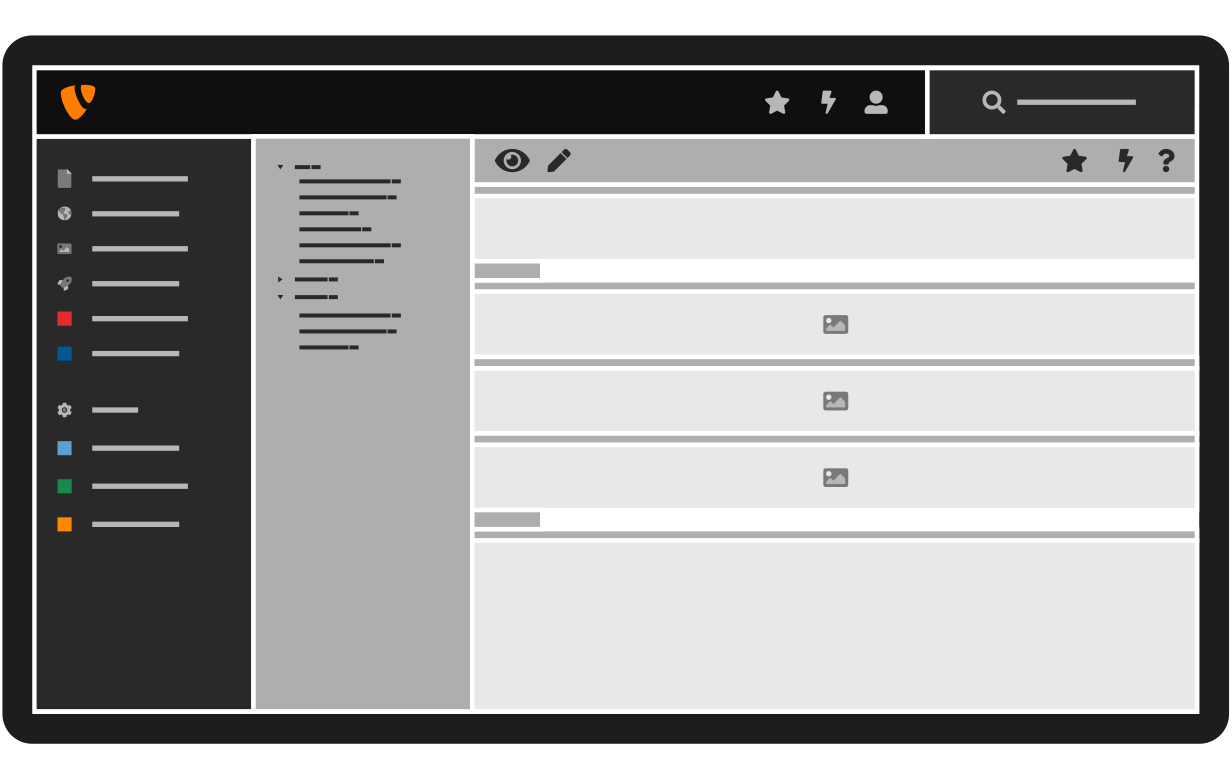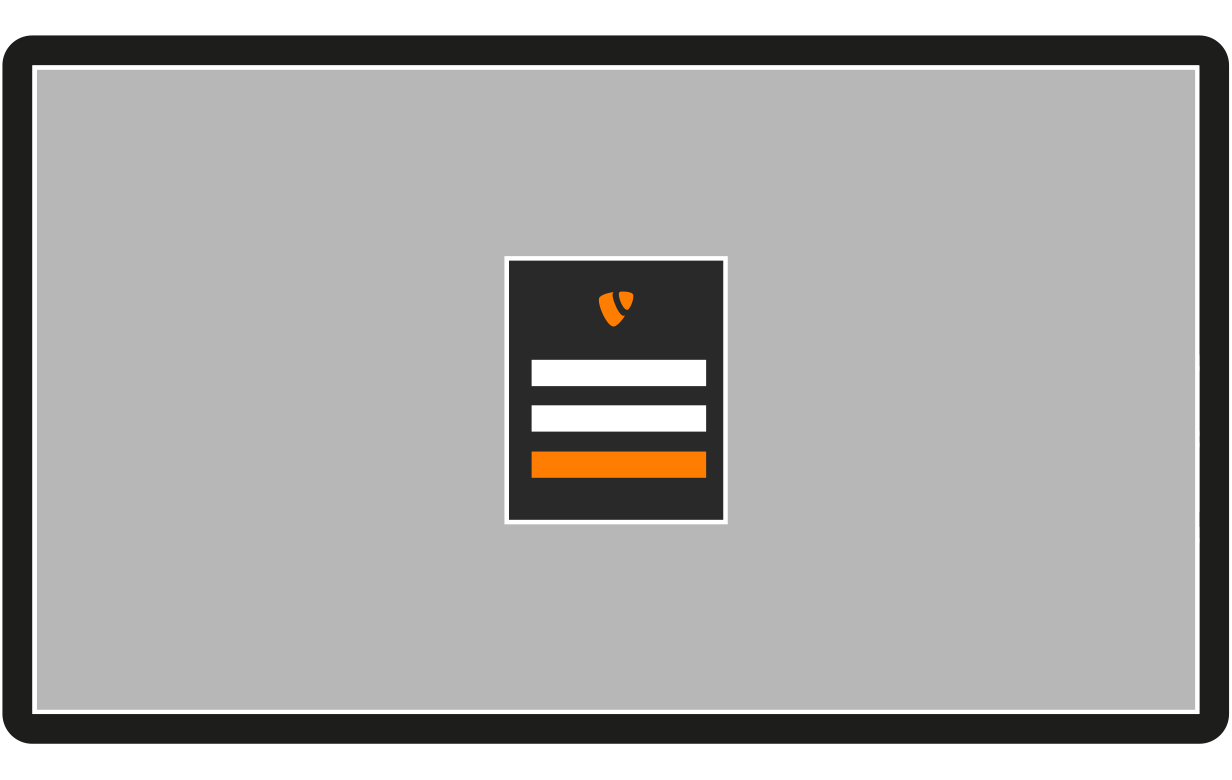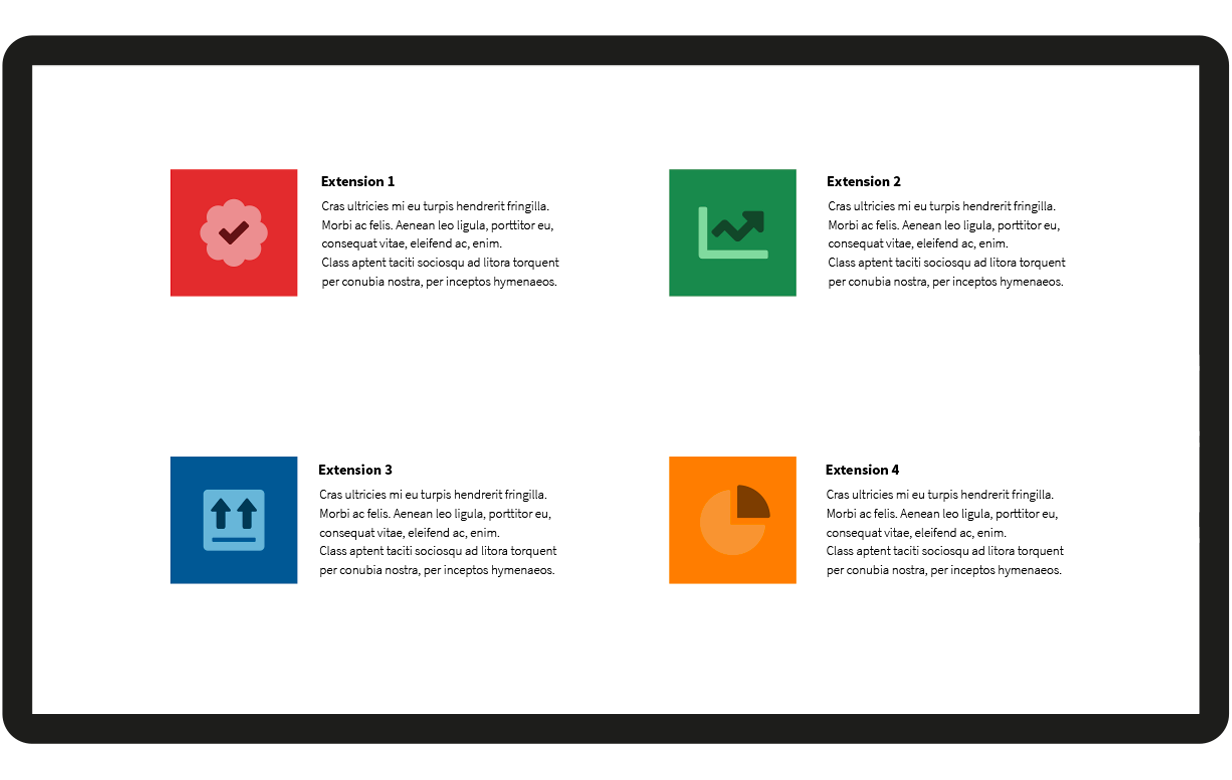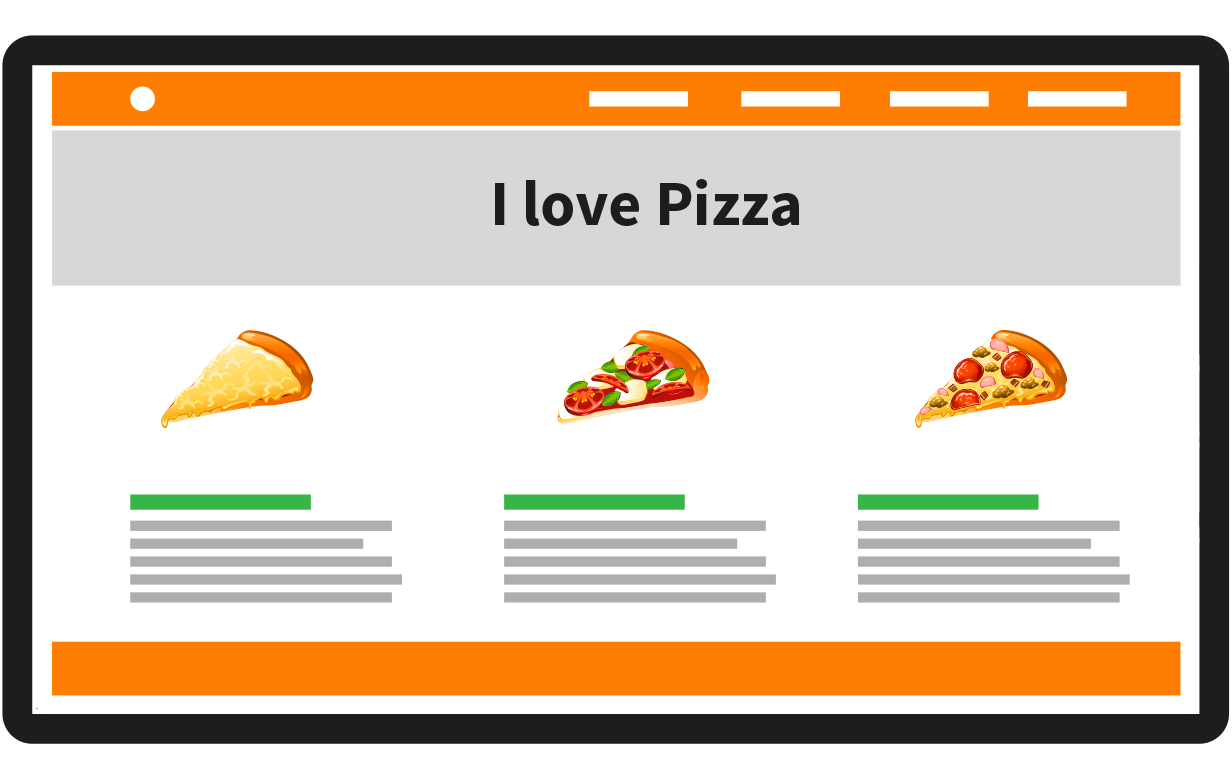Attention
TYPO3 v11 has reached end-of-life as of October 31st 2024 and is no longer being maintained. Use the version switcher on the top left of this page to select documentation for a supported version of TYPO3.
Need more time before upgrading? You can purchase Extended Long Term Support (ELTS) for TYPO3 v11 here: TYPO3 ELTS.
TYPO3 Concepts
The backend & frontend
TYPO3 is separated into two parts, the backend and the frontend.

The backend is the administrative side of the CMS, it is only accessible to users who have been granted access. The frontend is what the visitor will see when browsing the site.
Backend

The backend's main role is to enable users to create and publish content for their site.
The backend is also used to configure a TYPO3 installation. Domains, languages and other information that determine how a site behaves are managed via the backend. Tasks such as adding backend users and managing third-party extensions also take place in the backend.
Accessing The Backend
The backend can be accessed via example..

By default, users see the CMS's Overview Dashboard when they log in to the backend.
Backend Modules

The backend contains a range of modules that are grouped by task. User access rights determine what modules are visible to users when they log into the backend.
- The Web group contains a set of modules that handle the creation and management of both pages and content.
- Site Management handles the setup of a site. From this module it is possible to specify the site name, assign domains and select languages.
- Filelist provides a convenient way to view and manage files, including documents, images and videos.
- Admin Tools features a collection of administrative modules so that you can perform various maintenance and upgrade tasks. This module also contains the Extension manager, where you can enable and disable any third-party extensions.
- The System group contains modules that allow administrators to manage access to the backend, view error logs and provide information specific to that installation.
Extensions

Developed by the community, extensions provide a range of solutions that help extend TYPO3. Extensions come in many forms - from small extensions that carry out specific tasks to larger extensions that provide an entire suite of functionality such as the TYPO3 Blog Extension.
Frontend

The frontend combines the content created in the backend along with the installation's HTML templates to generate web pages.
To achieve this, TYPO3 uses the Fluid templating engine that acts as the glue between user generated content and design templates.
A typical Fluid template will contain HTML that defines the structure of the page and Fluid tags that perform various tasks.
For example a simple web page that features a navigation menu, a block of text and a company logo will contain three Fluid tags.
- A tag to insert the content element that contains the block of text.
- Another that generates the main navigation menu.
- A third tag to insert the company logo.
Site assets, such as HTML, CSS and JavaScript, are stored in a site package.
